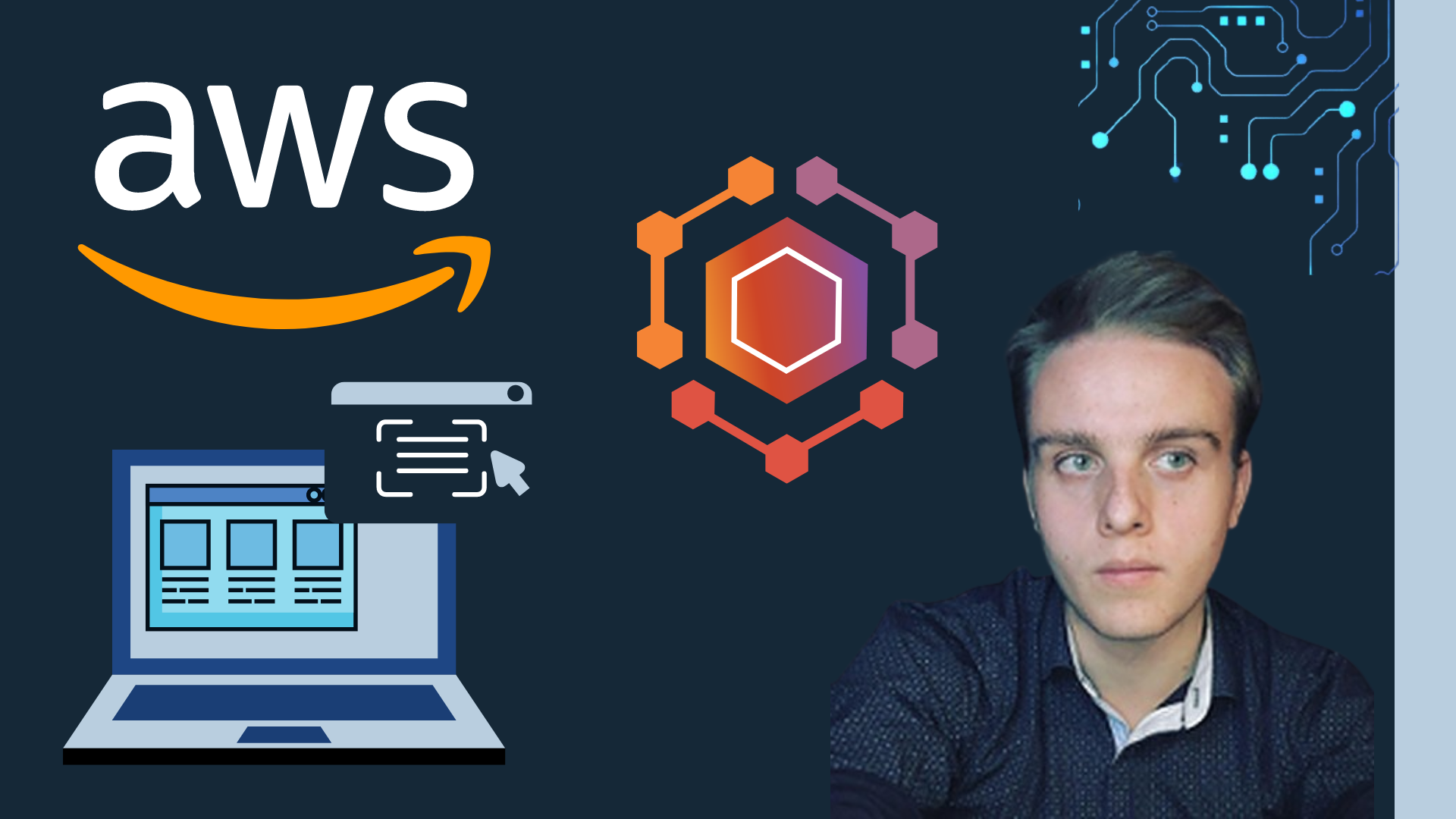Amazon Relational Database Service (RDS) is a web service that makes it easier to set up, operate, and scale a relational database in the cloud. It is a part of Amazon Web Services (AWS), a collection of services that makes up a cloud computing platform.
RDS supports a variety of database engines, including MySQL, MariaDB, PostgreSQL, Oracle, and Microsoft SQL Server. This allows users to choose the engine that best fits their needs. RDS takes care of tasks such as provisioning, backing up, and recovering the database, allowing users to focus on their applications rather than the underlying infrastructure.
One of the main benefits of using RDS is the ability to quickly and easily set up a new database. Users can choose the hardware configuration and amount of storage they need, and RDS automatically provisions the necessary resources. This can be particularly useful for developers who need a database for their application but do not want to spend time setting it up and managing it.
RDS also provides a range of options for high availability and disaster recovery. For example, users can choose to deploy their database in multiple Availability Zones (AZs), which provides increased availability by replicating the database across multiple AZs. Users can also create read replicas, which are copies of the database that can be used to offload read queries from the primary database. This can improve the performance of the primary database and reduce the risk of it becoming overloaded.
RDS is pay-as-you-go, meaning users only pay for the resources they use. They can also purchase RDS Reserved Instances, which are discounted instances that require a longer term usage commitment. This can be a cost-effective option for users with predictable workloads.
In addition to standard RDS instances, RDS also offers several other options for specialized use cases. These include:
- Amazon Aurora: a high-performance, MySQL and PostgreSQL-compatible database engine. Aurora is designed to be highly available, scalable, and fault-tolerant, and it can handle thousands of read and write requests per second.
- Amazon DocumentDB: a MongoDB-compatible database for storing and querying JSON documents. DocumentDB is designed to be scalable, highly available, and fast, and it supports MongoDB features such as secondary indexes, JSON validation, and stored procedures.
- Amazon Neptune: a graph database for storing and querying connected data. Neptune is designed to be fast and highly available, and it supports popular graph query languages such as SPARQL and Gremlin.
RDS can be easily integrated with other AWS services, such as Amazon EC2 for computing and Amazon S3 for storage. This allows users to build a complete cloud computing solution for their applications.
In summary, Amazon RDS is a web service that makes it easier to set up, operate, and scale a relational database in the cloud. It supports a variety of database engines and takes care of tasks such as provisioning and backing up the database. RDS is pay-as-you-go and offers a range of options for high availability and disaster recovery. It also offers several specialized options for specific use cases, and can be easily integrated with other AWS services.
Cloud Computing on AWS: Ultimate Beginners Course
Learn AWS Cloud Computing basics with theory and hands-on work work, while gaining real-world cloud computing skills.
🎓 Course available on Udemy now!


